There’s a small German town in northeastern Germany called Schwerin. It’s about two hours north of Berlin and about an hour and a half east of Hamburg. We would of course like to pretend that we’re world travelers and that we simply knew about this little town all along, but we stumbled upon it mostly by accident a few years ago when we were on a Baltic Sea Cruise. We were on the Norwegian Star. Great Ship, and the Baltic Sea cruise was worth repeating.
The ship stopped in at Warnemünde and we wanted to see the Schwerin Castle. The Castle was rich with history and the walking tour was fun, including the time we were able to spend on the grounds outside the castle without a tour guides supervision. But what impressed us most was the time we spent in town, just wandering around, having coffee, and other tourist activities. We decided then to come back some day and spend more time.
On this latest road trip of Germany, we arrived in Schwerin on a Thursday. Our GPS took us to the front door of the hotel, but from there we needed a little help in getting around the block to the parking garage. The city center is oriented towards pedestrian traffic and barriers go up in many of the streets every morning at around 10:00 am, leaving just enough time for morning deliveries. The rest of the day in Old Town Schwerin belongs to foot traffic while people walk about and enjoy the town.
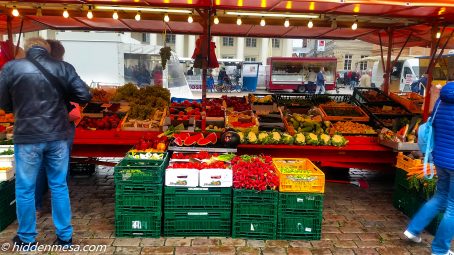
The farmers market also had a large assortment of fruit and vegetable for sale. Photo by Bonnie Fink.
And Schwerin was not just about tourism, although that seems to be a big part of its activities. During our stay, there was a street festival that took place, in spite of the rain and wind. On Sunday, there was a stage erected in the town square, and local kids, bands, and other local talents performed for their friends and neighbors. This was not the polished professional performances that would be brought in for tourists, but rather, it seemed like the locals entertaining themselves and families. On another day, the town square transformed into a farmer’s market with vendors selling breads, veggies, fruit, meats, and hand made goods. Again, this kind of activity seemed more appropriate for the local crowd and was fun for us to be part of it.
In spite of all the attention to local activities, we didn’t get the impression that the locals were trying to exclude tourists from their activities. It just seemed like they had additional things for the locals to do beyond the usual tourist attractions. There was a sense of community among the locals we saw attending these more locally oriented activities.
In the midst of all the local activities, it seemed that every other business in the old town area where we stayed was a coffee shop, restaurant, ice cream shop, or jewelry store, along with a mix of other tourist smart industries. There were several of those tourist trams to take people around town. You know the ones. They look like trains, complete with a tractor that looks like a locomotive, with a driver that speaks something similar to English.
Schwerin spent time in east Germany, as part of the German Democratic Republic, so it’s tourist industry as we know it has only been underway since 1990, when East and West Germany were reunited.
The principal draw to the town is the famous Schwerin Castle, which was built in its current version between 1847 and 1857 by the Grand Duke of Mechlenburg-Schwerin, Frederich Franz II. There were several other buildings and fortresses built on the island where the Castle now stands, the earliest one dating back to as early as 942.
In 1990, after re-unification, Schwerin Castle was made the home of the State Parliament for the newly re-instituted German State of Mecklenburg-Vorpommern. This designation has helped to ensure that the castle is maintained in good repair and is open to the public. Parliament viewing is available when they’re in session, but there are also tours of the living quarters of the earlier Duke of Mechlengurg. There’s a museum as well as two restaurants on the property too. It’s probably not an all-day adventure to see this interesting building and its grounds, but you can certainly spend several hours enjoying all it has to offer.
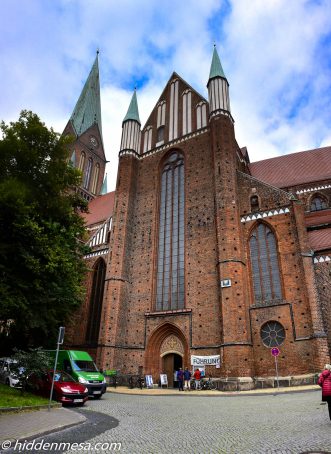
Schwerin Cathedral is the oldest surviving building in Schwerin. The original cathedral was built in the 1100’s and soon became too small. The present building was started in 1270 and added to over the centurys. Photo by Donald Fink.
We mentioned that tourism didn’t really get started in Schwerin until German Re-unification in 1990, but that’s not quite true. The Schwerin Cathedral, located near the Old Town center, was responsible for a great many pilgrimages throughout the centuries.
The original Church was built by Henry the Lion, Duke of Bavaria and Saxony around the time he conquered the area in 1160. The church was always a pilgrim’s church, dedicated to St. Mary and St. Joseph, but in 1222 a local ruler returned from Jerusalem with a drop of Christ’s blood. The church almost instantly became too small to handle the increase in pilgrims, and a new church was built. By 1270, the church had continued to grow and construction of the present cathedral began, doubling its size.
There were no stone quarries near Schwerin so the decision was made to build the church from bricks. This church is one of the first and still one of the largest structures in northern Germany to use the architectural style known as Brick Gothic, or Backsteingotik.
The Steeple, or Tower of the church is 117.5 meters (over 385 feet) tall. Inside is a massive pipe organ. Too bad we didn’t hear it play. Our understanding is that you can hear the organ in the summer months, on Mondays, at 2:30 pm. Okay, good to know.
We enjoyed our time in Schwerin. We didn’t see nearly as many castles as we had on our list because simply walking out the door and enjoying the town seemed to get in the way. That should tell you something about the town because we really like visiting castles.
When we visited Schwerin for the first time in 2015, we posted about the day trip here.


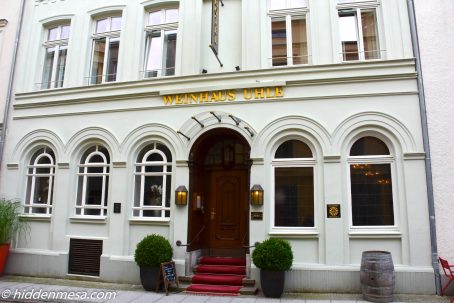
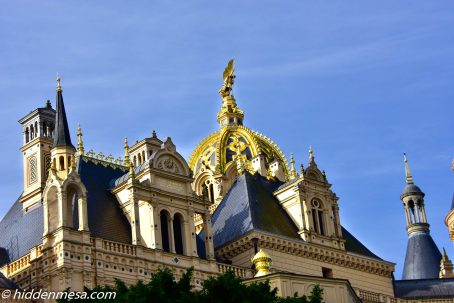

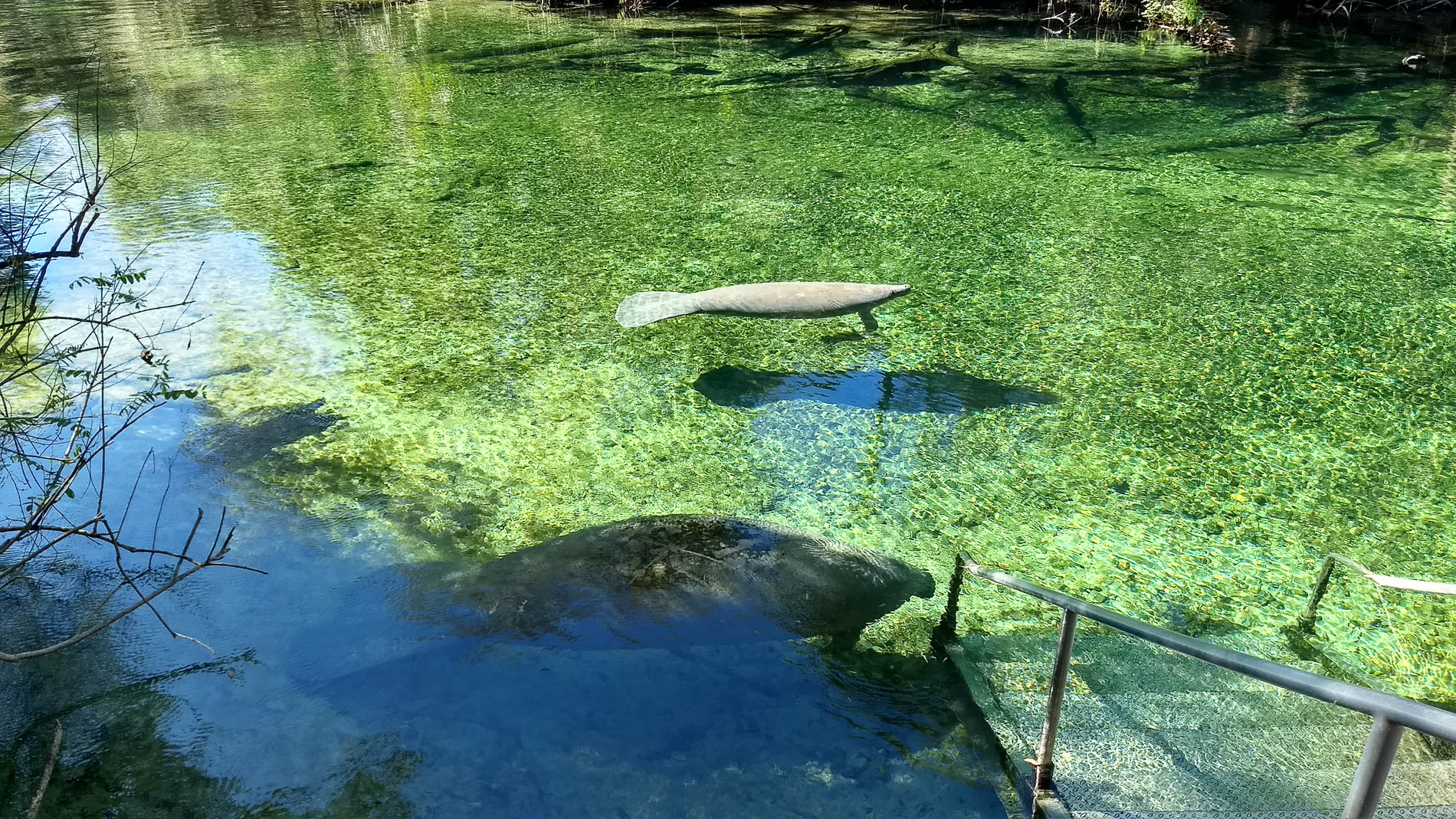
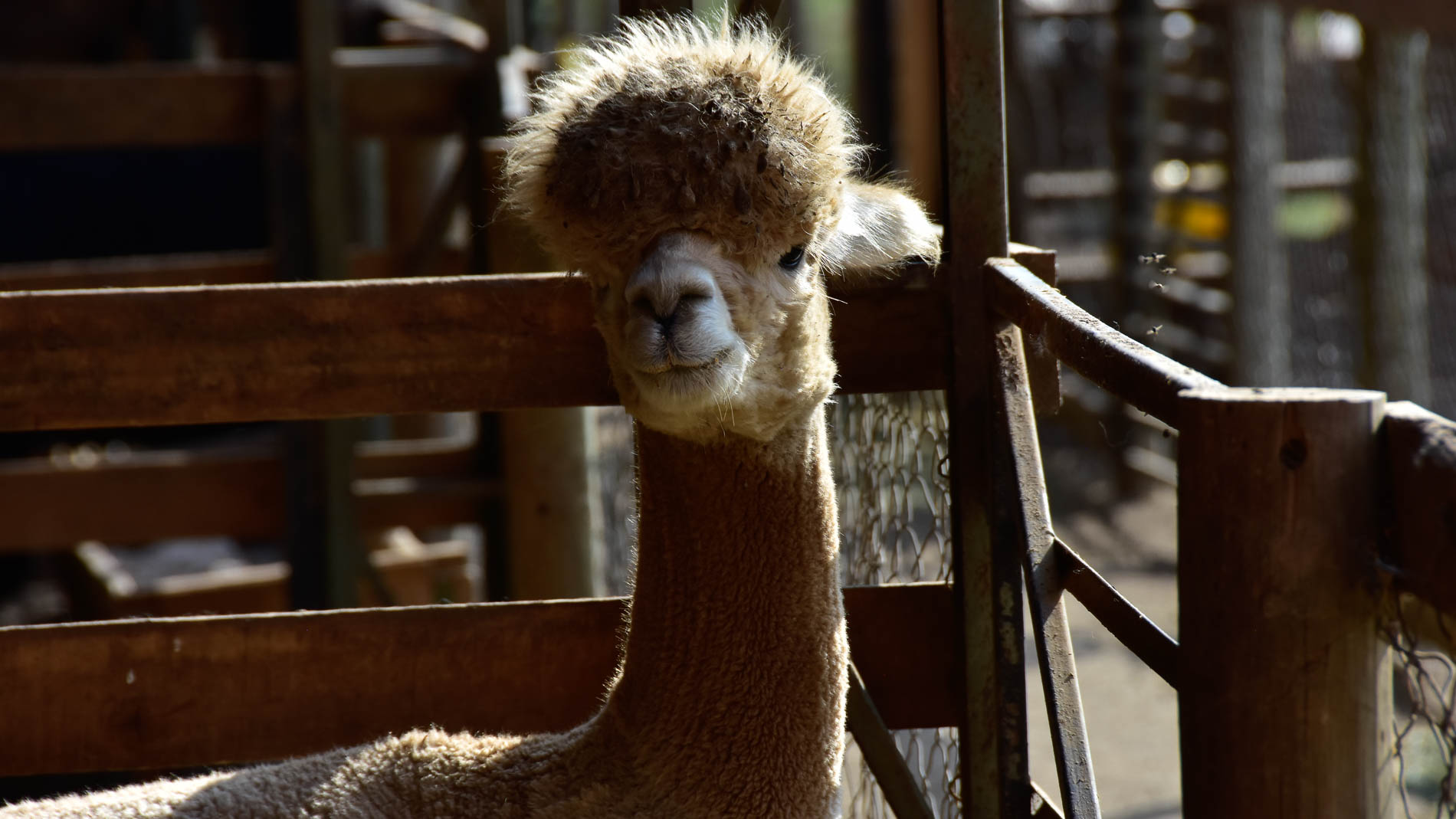


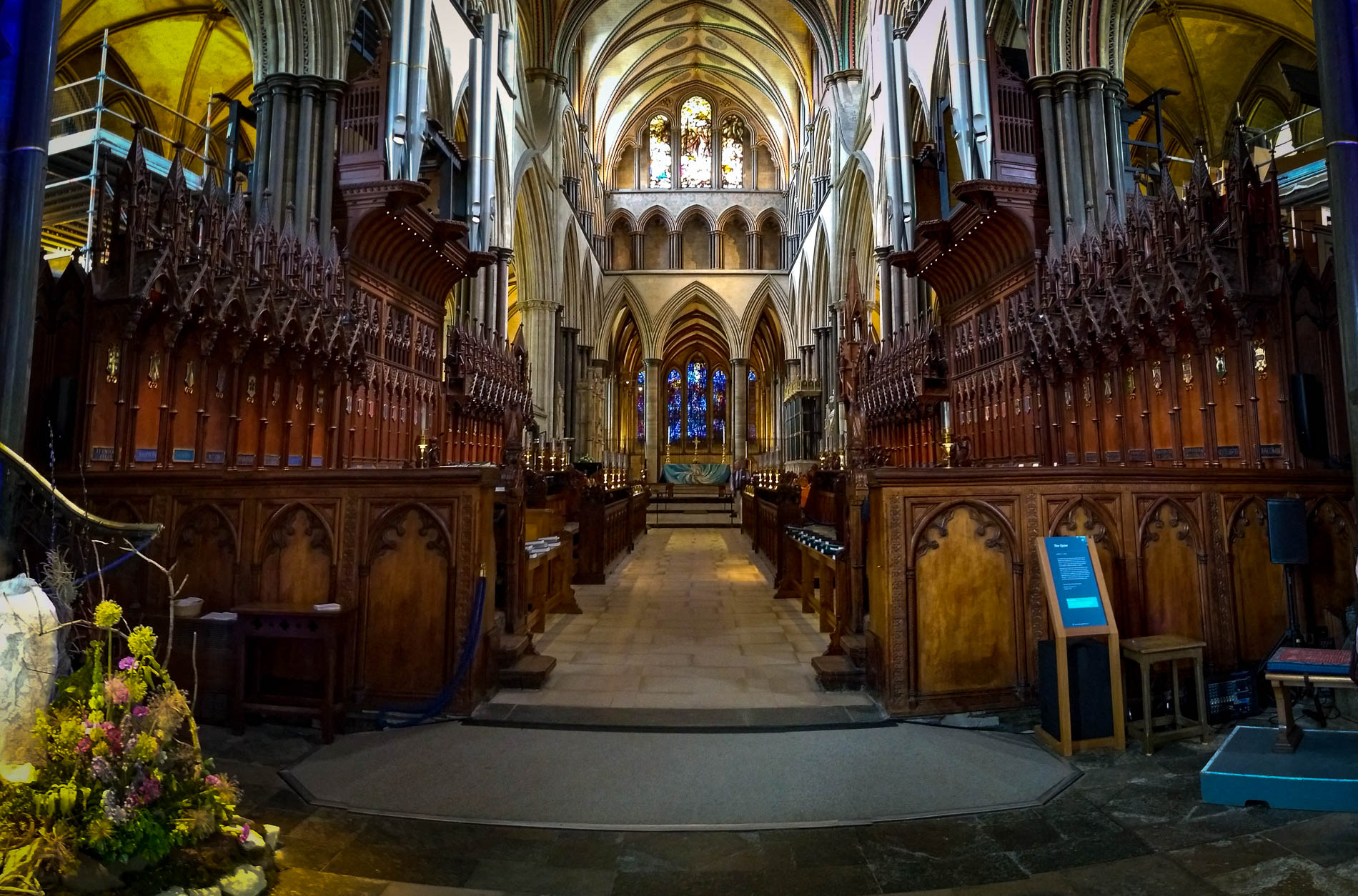


[…] can see some of the images we brought back. You can also see an article we recently posted about Schwerin here along with a post about our favorite hotel in Schwerin, the Weinhaus […]